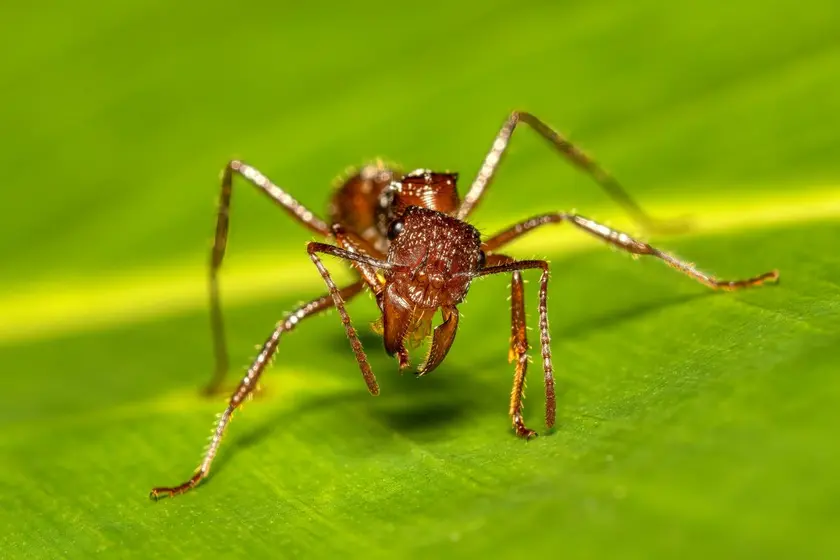T4K3.news
Beaches closed over blue dragon sting
Two blue dragon sea slugs were spotted on the Costa Blanca near Guardamar del Segura, prompting a seven mile beach ban.
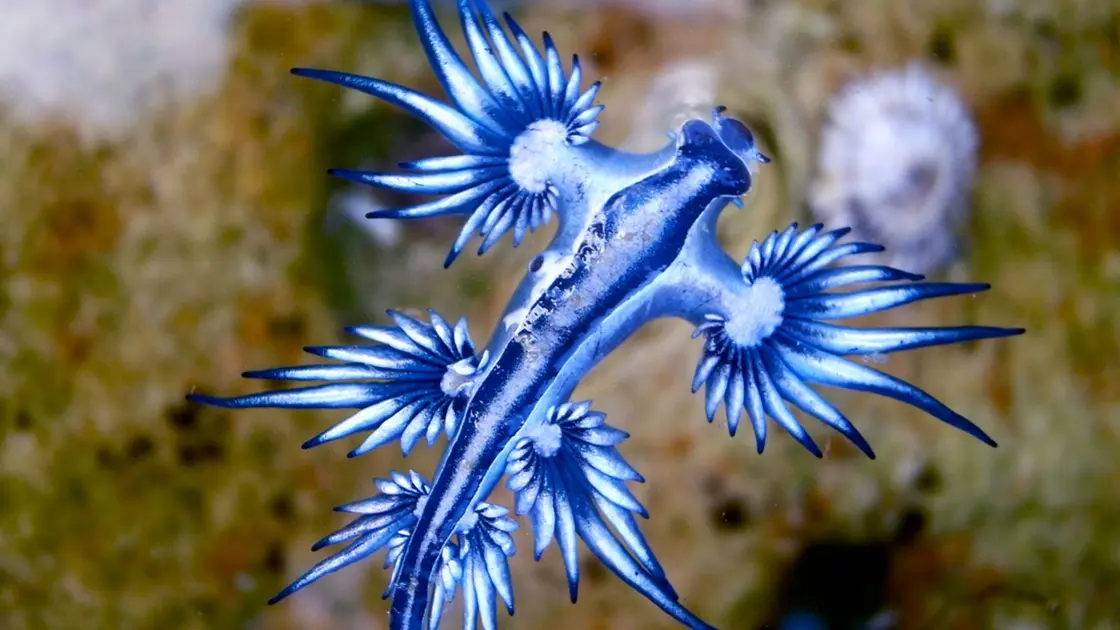
Authorities closed a seven mile stretch of the Costa Blanca after two blue dragon sea slugs were spotted, citing the risk of a painful sting.
Coastal Spain closes beaches after blue dragon sighting
Authorities closed a seven-mile section of the Costa Blanca around Guardamar del Segura after two Glaucus atlanticus specimens, known as the blue dragon, were spotted on Vivers Beach. Local mayor Jose Luis Saez posted on X that bathing is prohibited because of the animal’s sting and urged people to stay away.
Blue dragons are sea slugs that feed on Portuguese man o war and store its stinging cells, making their own sting potent. The creatures typically float near the surface and can be blown ashore by winds, which helps explain why more have appeared along the coast and why beach safety remains a moving target.
Key Takeaways
"Bathing is prohibited following the appearance on Vivers Beach of two specimens of Glaucus atlanticus, known as the Blue Dragon"
Direct quote from Mayor Jose Luis Saez announcing the ban
"Typical symptoms of the blue dragon's sting include nausea, pain, vomiting and acute allergic contact dermatitis"
Symptom list cited in the report
"The warning is now yellow after ending a special surveillance operation"
Mayor's update on risk level
"The blue dragon stores the man o war's stinging nematocysts within its finger-like appendages"
Source describing how the sting works
The incident shows how coastal safety relies on quick communication and a willingness to pause leisure for precaution. Officials must balance public safety with the needs of a tourism-driven region, and mixed messages can sow confusion among visitors.
Looking ahead, the episode underscores the need for clear, current guidance and reliable information. As marine life shifts with wind and weather, authorities should provide precise thresholds for openings and closures to avoid empty beaches and disappointed tourists.
Highlights
- Tiny blue dragons can turn a sunny day into a safety notice
- A small sea creature can close a big beach
- The ocean tests our warning systems as well as swimmers
- Clear, constant information saves lives on the coast
Public safety and local response risk
The closure and evolving risk levels highlight how coastal safety messaging and local governance interact with tourism needs. If guidance is unclear or slow to update, visitors may ignore warnings or misinterpret risk, potentially leading to injuries or reputational harm for the region.
Coastal watchers will wait for the next update from authorities as the sea keeps its own schedule.
Enjoyed this? Let your friends know!
Related News
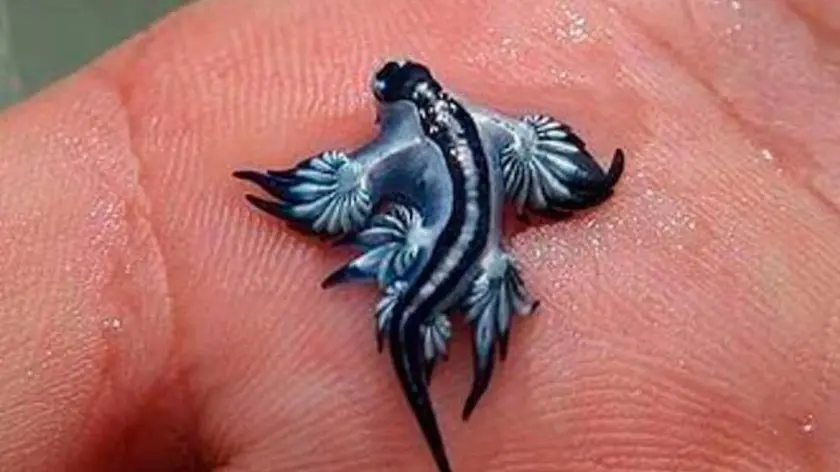
Costa Blanca beach closures after blue dragon sightings

Coastal safety update

Merseyside jails 66 criminals in July
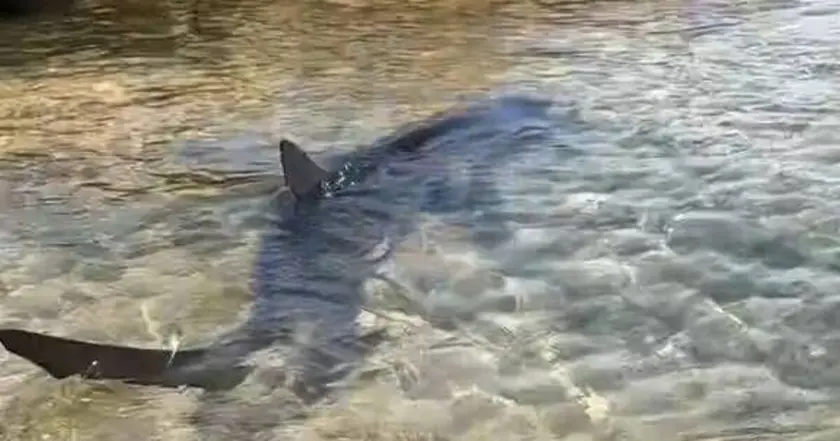
Shark sighting near Murcia beach

High Noon recalls vodka drinks after labeling mistake

Bob Dylan performs at Outlaw Music Festival
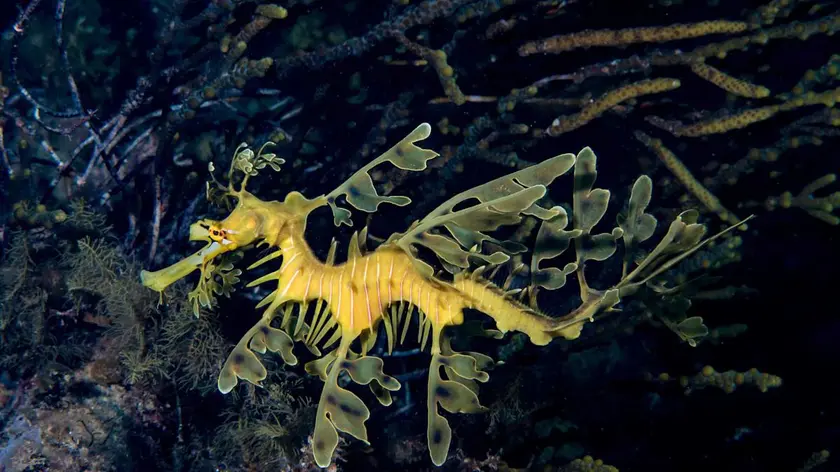
Discover the Strange Forms of Ocean Life

Matchday Opener at Molineux
